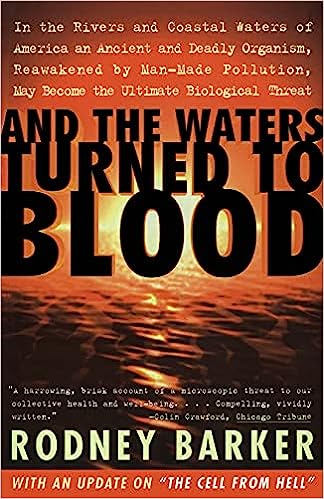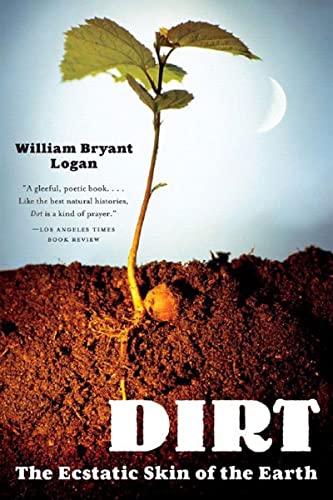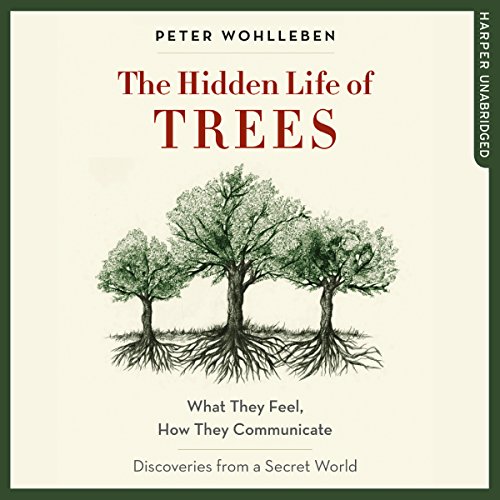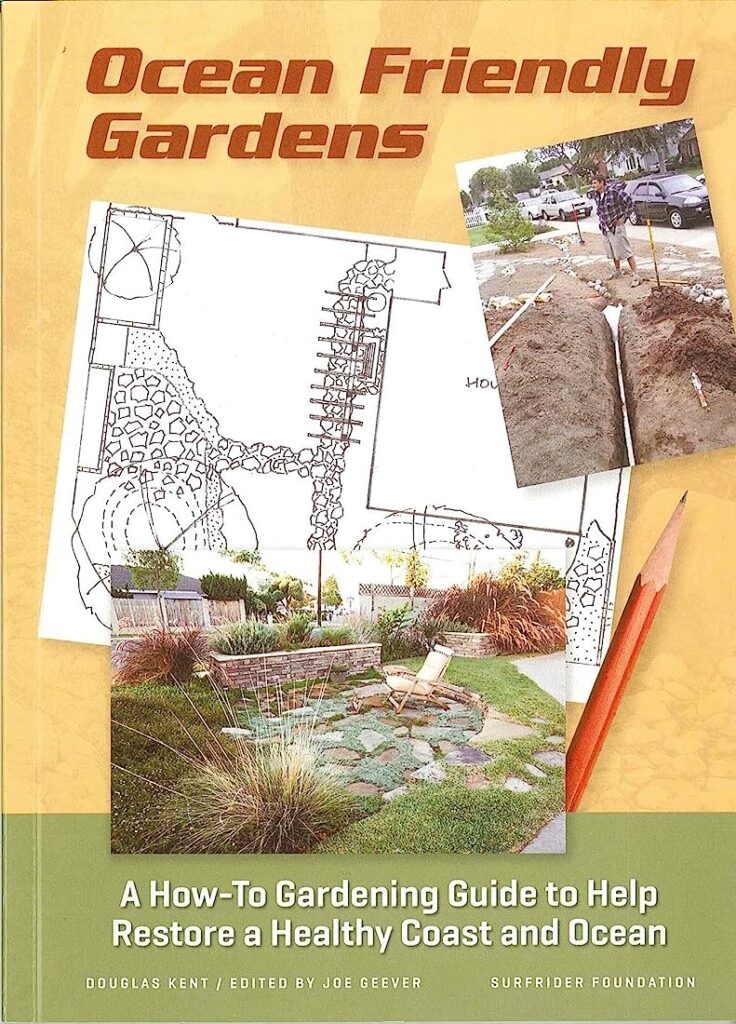The following blog post lists some book recommendations for stormwater/water resources professionals who are seeking to enhance their knowledge. The books discussed in this article are not academic in nature, meaning this is not a list of textbook recommendations. Rather, this list of books is comprised of novels and “fun reads.” I hope these books inspire new, innovative ideas as we, as water resources professionals, tackle some of the pressing challenges of our time!
Artful Rainwater Design by Stuart Echols and Eliza Pennypacker

The first book on this list is Artful Rainwater Design. Unlike the other books on this list, Artful Rainwater Design is mostly comprised of photographs of creative and well-designed stormwater projects. This book was written by some landscape architects at Pennsylvania State University who specialize in innovative stormwater management. Their goal was to show that stormwater is a resource that can be used to create beautiful, inviting landscapes in an urban environment. As an engineer, I do not often have the opportunity to engage in the artistic work depicted in this book. However, I found that this book was inspiring in that it shows stormwater management can be beautiful!
And the Waters Turned to Blood by Rodney Barker

This book is one of my favorites on the list. I read And the Waters Turned to Blood when I lived in North Carolina. One of my professors (Biological and Agricultural Engineering) recommended this book to those who were looking to work in stormwater in North Carolina. And the Waters Turned to Blood details the story of how a mysterious and deadly aquatic organism called Pfiesteria piscicida impacted the waters of coastal North Carolina in the 80s and 90s. This is a great book for those who want to enhance their understanding of the history of water quality regulations in North Carolina. Even if you do not live on the east coast, I highly recommend this book. It is a joy to read and is one of those books you won’t be able to put down!
Cadillac Desert by Marc Reisner

Cadillac Desert is well-written and well-researched. It was published in 1986 and explores the history behind the complex issues surrounding water management and resource allocation in the American West. In addition, Cadillac Desert describes the infrastructure and water development projects that transformed arid regions into the agricultural and urban centers that the American West is known for today. By highlighting the environmental impacts, ecological disruptions, and unsustainable practices associated with these projects, Cadillac Desert raises awareness about the consequences of how America has chosen to manage water in this region. This book has influenced the national dialogue around water policy and shaped subsequent debates about how to manage water in the American West.
Rainwater Harvesting for Drylands and Beyond by Brad Lancaster

Rainwater Harvesting for Drylands and Beyond is a must-have for any stormwater professional who is looking to incorporate permaculture principles into their stormwater designs. This book is full of helpful graphics and informative tables. At the same time, it does not read like a textbook. The author does a good job of introducing principles in the form of a story. I had the opportunity to meet Brad Lancaster when I completed Watershed Management Group’s (WMG’s) training in March 2023. Check out this blog post to read more about that experience. This book is not full of equations or theory, it is based on Lancaster’s experience designing and constructing many of these systems. This perspective can help engineers become designers who consider site conditions in a holistic manner. If you are interested in learning more about rainwater harvesting, I highly recommend checking out the Tuscon Water Harvesters Facebook Group. It is a wealth of knowledge.
Dirt: the Ecstatic Skin of the Earth by William Bryant Logan

I read this book for one of my soil science classes in college, and it was great! As you may have guessed from the title, Dirt: the Ecstatic Skin of the Earth is more about soil than water. However, water management and soil management are connected. I put this book on the list because it is important that stormwater/flood control professionals understand the important role soil plays in surface water management. Healthy soils function like a sponge, allowing water to infiltrate into the soil. Unfortunately, development often degrades soil quality because pavement and vehicle traffic causes compaction, which diminishes the sponginess of our soils. Green infrastructure can help improve soil structure, which greatly improves the ability of these facilities to minimize flooding nuisances.
William Bryant Logan also wrote another book worth reading called Oak: The Frame of Civilization.
The Hidden Life of Trees – What They Feel, How They Communicate – Discoveries from a Secret World by Peter Wohlleben, Mike Grady, et al.

Because green infrastructure, which is an important aspect of stormwater management, is comprised of vegetation, it makes sense stormwater professionals should have a basic understanding of how plants work. This book discusses how trees communicate and shares groundbreaking discoveries that show trees are more like humans than we previously thought. They form communities, live together with their children, and even warn each other of impending dangers. Admittedly, I have not read this book yet, but it is on my list!
Ocean Friendly Gardens by Douglas Kent

Ocean Friendly Gardens is a how-to guide to help homeowners convert their yards from a lawn to an Ocean Friendly Garden (OFG). Ocean Friendly Gardens is a program initiated by the Surfrider Foundation. The idea is that homeowners can take steps to help reduce the amount of polluted surface runoff that enters the ocean. This book is very practical in nature and I highly recommend it to anyone who is hoping to transform their yard into a “drought tolerant” landscape. Most of the examples in Ocean Friendly Gardens are California-based. However, the principles discussed in this book will apply to other geographic locations.